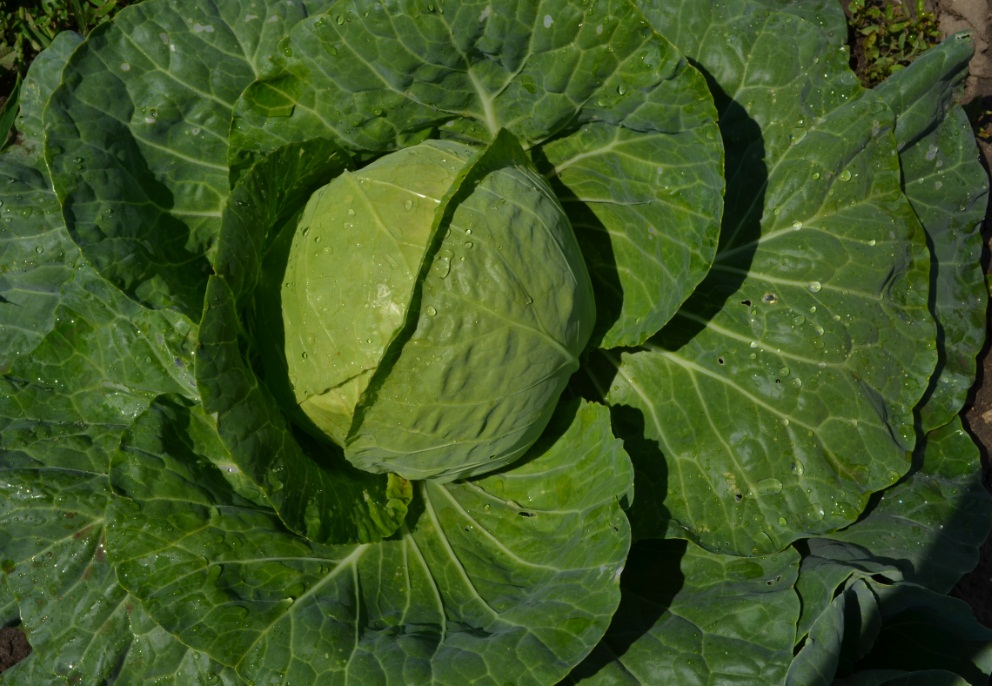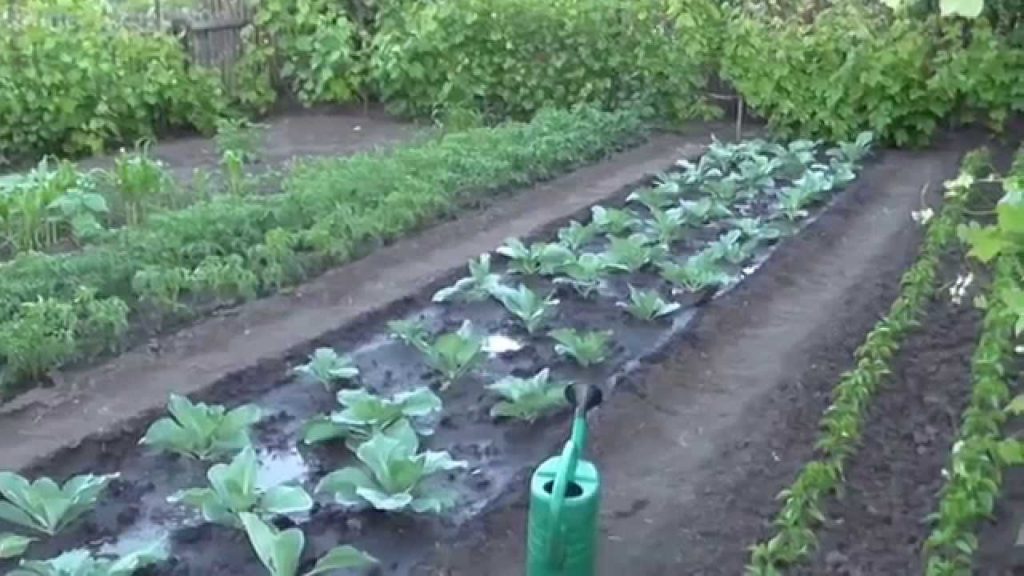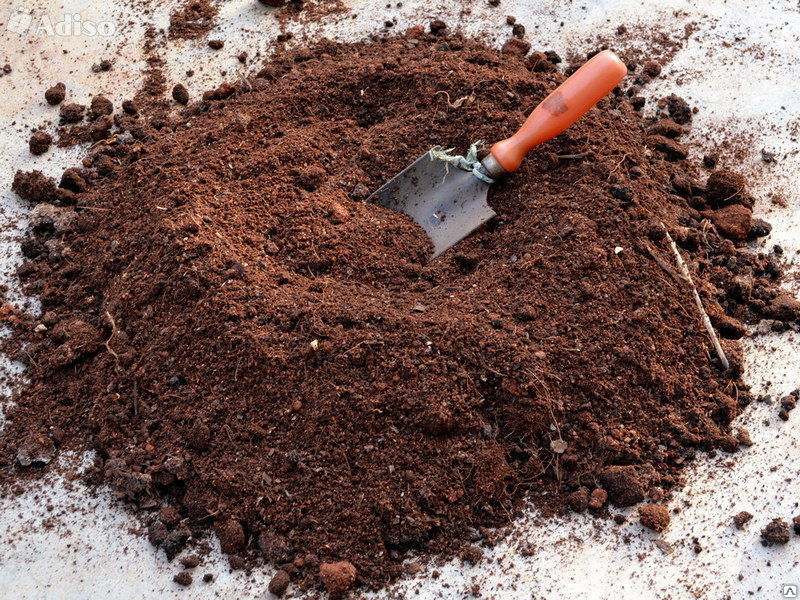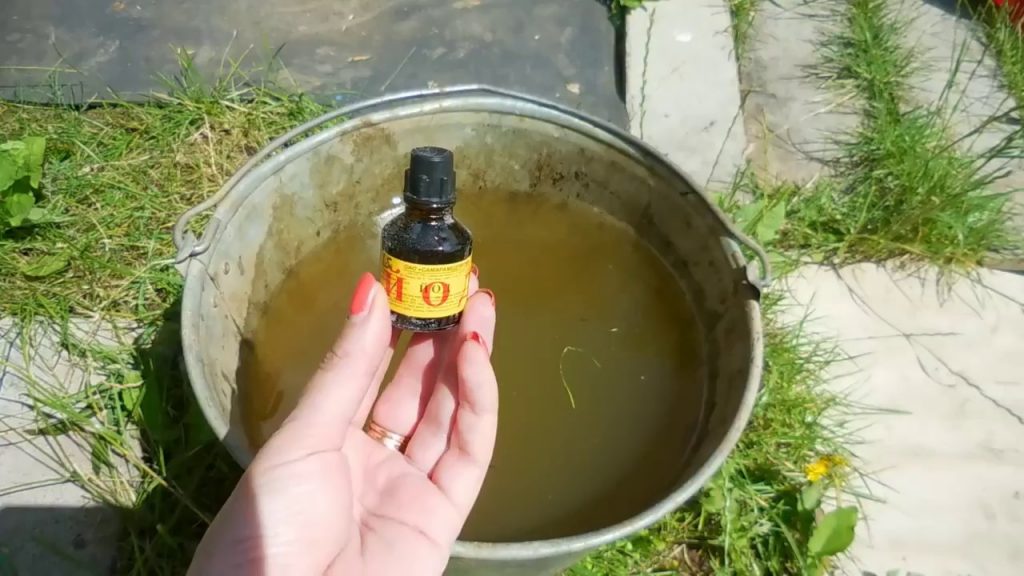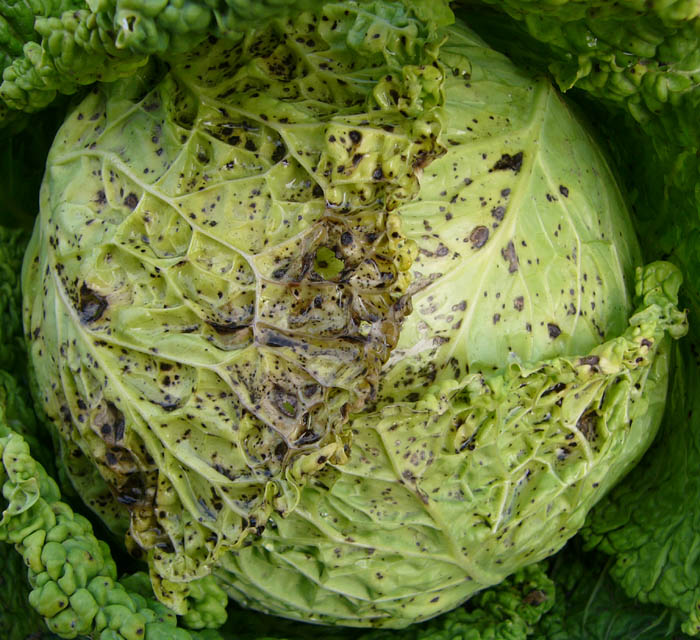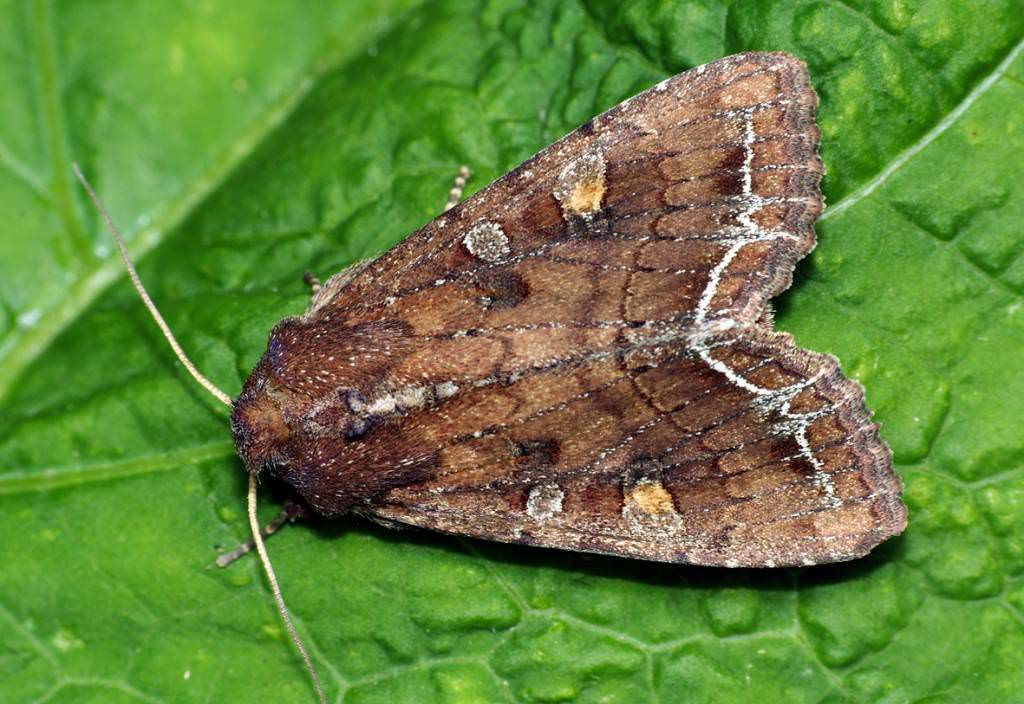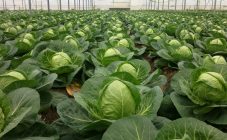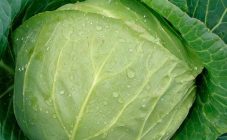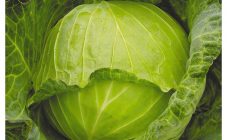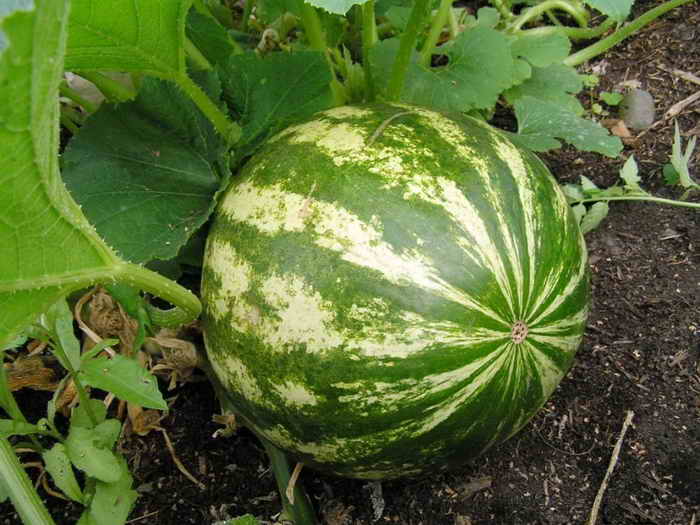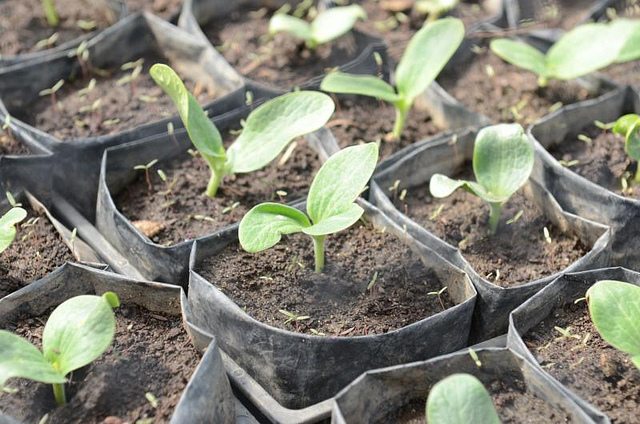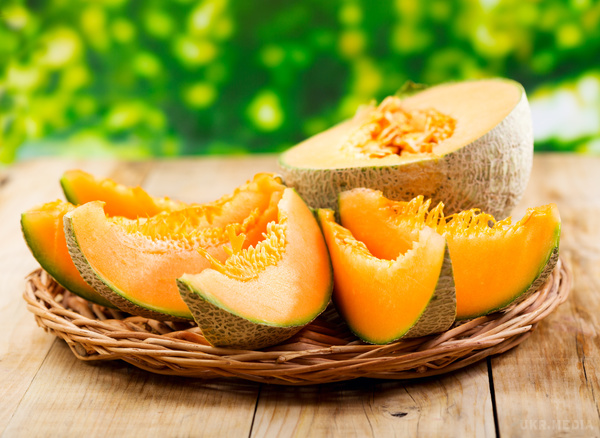Content:
Cabbage is one of the oldest crops on the planet. The most common is white cabbage. According to the ripening period, it is subdivided into several types: early, mid-ripening, mid-late, late-ripening. Early ripening cabbage is ready for cutting in 3-4 months after germination and is used for preparing salads, first and second courses.
Characteristics of some varieties
In an early maturing culture, heads of cabbage are small, loose, their weight varies from 0.8 to 2.5 kg. Their taste, in contrast to the later ones, is not very diverse. But, nevertheless, the gardeners identified the most delicious, which they grow in their dachas.
June
Heads of cabbage of this variety are small, slightly elongated towards the top, of medium density. Their weight is from 1 to 2.4 kg. Cabbage is ready for use 90-100 days after germination. Small frosts in the spring will not be fatal for her. Leaves of light green color are juicy, tender. Heads of cabbage ripen at the same time. The forks may crack if assembled too late.
Cossack F1
This is a hybrid, the peculiarity of which is that it is resistant to disease, cracking. High-yielding hybrid. The head of cabbage is round, up to 18 cm high. The leaves are green above, in the middle - white with a cream shade. Their number in the socket is 16-21. The leaf is small, rounded, with a slight waxy bloom.
Ready for harvesting in 106-112 days after seed germination. This hybrid has a high yield, good presentation, suitability for mechanized harvesting. The simultaneous ripening of the heads of cabbage contributes to a one-time harvest.
Transfer F1
This hybrid matures in 90-100 days. The head of cabbage is round, the leaves are greenish-white on top, white inside. Weight - 0.8-1.5 kg. Withstands spring frosts, resistant to many diseases and pests characteristic of the cruciferous family and to cracking.
In addition to the above, there are also other popular varieties:
- Zarya;
- Malachite;
- Copenhagen Market;
- Golden nectar.
Conditions for growing seedlings
The most optimal time for sowing early varieties of cabbage in indoor conditions is March 15-25. It all depends on the climatic zone: earlier in the south, later in the north, for example, in Siberia. And then at the end of June it will be possible to harvest.
Priming
Low-lying peat with the addition of sawdust and sand is the best soil for sowing cabbage seeds. Other options in the absence of peat are humus and garden soil; humus and sawdust.
The seeds are pretreated with growth stimulants. Then, after sowing, water the ground under them with a solution of sodium humate (0.5 g per 1 bucket of water). After 10 days, watering is repeated, again - 5 days before planting the seedlings in the ground.
Watering and feeding
The soil is preliminarily moistened abundantly. The sowing depth of seeds is 0.5 cm, the distance between them is 3-4 cm. The container with seedlings is covered with foil. Watering should be done as rarely as possible in order to avoid disease of seedlings with a black leg.But there should not be a complete drying out of the soil: the seedlings can dry out, and this will lead to a decrease in the yield in the future.
The air temperature in the container must be maintained at 15-18 ° C. After 2 weeks from the moment the seedlings emerge, the seedlings are thinned out, then, after 3-4 days, they are fed with a mullein solution (1 part mullein, 5 parts water) with the addition of superphosphate (3 g per 1 l). The nursery is periodically ventilated. Before planting in the ground, the seedlings are hardened for 7-10 days.
Planting methods
Gardeners use 2 methods of planting cabbage.
Seedling
Planting early cabbage in open ground is carried out in early May in wells abundantly watered with water according to the 50x50 scheme. Then they are covered with soil with a layer of 2-3 cm. You can also sprinkle the seedlings with mulch from humus or peat in a layer up to 5 cm.
Although cabbage is a cold-resistant crop, it is sensitive to low temperatures during the period of rooting and germination of seeds. With the help of the shelter, the temperature and humidity required for the plants are maintained. In addition, pests will not be able to get to the seedlings. The seedlings are covered with nonwoven fabric for about 1 month.
In the row spacings, grooves are dug through which watering is performed. Take into account that part of the rainwater passes through the non-woven fabric.
The plants are covered for 30-40 days. During this time, they will grow, get stronger and will not be touched by pests. After opening, the seedlings are watered, loosened, spud, and begin to feed.
When mulching with humus and cut grass, loosening is not required. If you put slices of mint, dill, sage in the top layer of the mulching material, this will scare away pests.
Cabbage is fertilized with a liquid infusion of cut grass or manure (diluted with water in a ratio of 1:10), as well as an extract from nettles or wood ash. For the entire period, 2-3 top dressing is done in the ground or on the leaves.
Seedless
This planting method has several advantages. Due to the fact that the seedlings do not need to be transplanted, the root part of the cabbage is not injured. Consequently, along with land, it develops faster than with the seedling method of planting; the yield of cabbage increases.
Seeds are sown in holes of 3-4 pieces each. When they germinate, leave the strongest of them, the rest are removed. Further care consists in the timely weeding, watering, fertilization of the cabbage shoots.
Important rules for growing cabbage
To grow strong seedlings, you need to follow the rules. Here are some of them step by step:
- to prevent diseases, cabbage seeds are pickled;
- the soil for planting early cabbage should be light and not sour;
- observe the sowing dates for early cabbage: around mid-March;
- seedlings should receive enough light to avoid pulling the trunks;
- water the seedlings moderately;
- before planting, the seedlings are hardened;
- before planting, the seedlings are not watered to prevent breakage of the stems.
These recommendations will help you get a good harvest in the future.
Soil and fertilizer for cabbage
Cabbage loves fertile soil. Peaty and sandy ones become suitable after the introduction of micro- and macroelements into them, clayey ones are enriched with organic fertilizers.
The soil for early cabbage must first be dug up, fed with organic matter (4 kg of manure per 1m²). Plants have a great need for potassium and phosphorus, but a negative reaction to chlorine.Therefore, it is better to replace mineral fertilizers with extracts from plants or ash.
For feeding with phosphorus, it is also recommended to make an aqueous infusion: 100 g is poured into 10 liters of hot water. After insisting for 1 day, pour the solution into another dish and use, discard the sediment.
Cabbage is fertilized with a liquid infusion of cut grass or manure (10 times diluted with water), as well as an extract from nettle or wood ash. For the entire period, 2-3 top dressing is done in the soil or on the leaves.
Soil reaction is very important when growing cabbage. It should be neutral or slightly acidic. Since autumn, the beds are liming. If this was not done, then 2 handfuls of humus and 2 tbsp. Are poured into the holes in the spring. spoons of wood ash.
Lighting and watering
The culture is demanding on moisture, because it is 90% water. The soil must be constantly moistened during the growth of cabbage and the formation of heads. With a lack of moisture, they are formed small, the leaves are rough.
Before planting early cabbage outdoors, choose a planting site that is well lit throughout the day. It is very important to follow the crop rotation and change the planting site. It is impossible to plant cabbage after related crops.
Diseases, pests and control of them
Cabbage seedlings are affected by many diseases. First of all, those that have not received the necessary nutrients, as well as those attacked by pests.
Diseases
The most common disease is keela. It appears on the root system of cabbage in the form of tumors. There are 3 ways to get into the garden:
- with soil on the roots of seedlings;
- with infected seedlings;
- through the seeds.
To prevent keela, the seeds are pickled, the acidic soil is limed, the infected seedlings are rejected, and the crop rotation is observed. Also, cabbage can be affected by Fusarium wilting, various bacteriosis, black rot. For the prevention of these diseases, the following conditions must be met: for growing, take stable hybrids, remove and destroy plant residues in time, disinfect the soil and seeds.
Pests
Of the pests, cruciferous fleas and cabbage fly larvae attack cabbage most of all. To combat them, pollination is carried out several times with a mixture of tobacco dust and ash. You can plant more delicate cruciferous plants around the cabbage for bait (such as watercress).
Also, the plant can be damaged by the caterpillars of the cabbage scoop, cabbage whites. One of the methods of dealing with them: pour half a bucket of ash with 1 bucket of hot water, leave for 2 days, then strain and spray the green space.
The hidden proboscis beetle that infects leaves is widespread throughout Russia, especially in the Moscow region. Stem cabbage lurker also damages red cabbage, Brussels, Savoy, Beijing, broccoli, kohlrabi, cauliflower. From eggs laid in the main vein, beetles hatch, eating the plant from the inside.
With a large amount of pest, the plant is sprayed with some kind of insecticide, for example Actellik (30 g per 1 bucket of water).
Harvesting
Early varieties are not suitable for long-term storage. The collection is carried out in dry weather, with minimal humidity. If the heads of cabbage are wet with rain, they must be dried for at least 1 day on canvas.
A large knife or small hatchet is used to cut the heads. You need to cut it on a bush so that a stump remains, about 5 cm long. The second method: pull out the plant by the root, and then chop off the base, also leaving 5 cm.
Planting and growing early cabbage is not a difficult process. If the recommendations are followed correctly, the gardener will receive vitamins in the summer, so necessary after a long winter.
